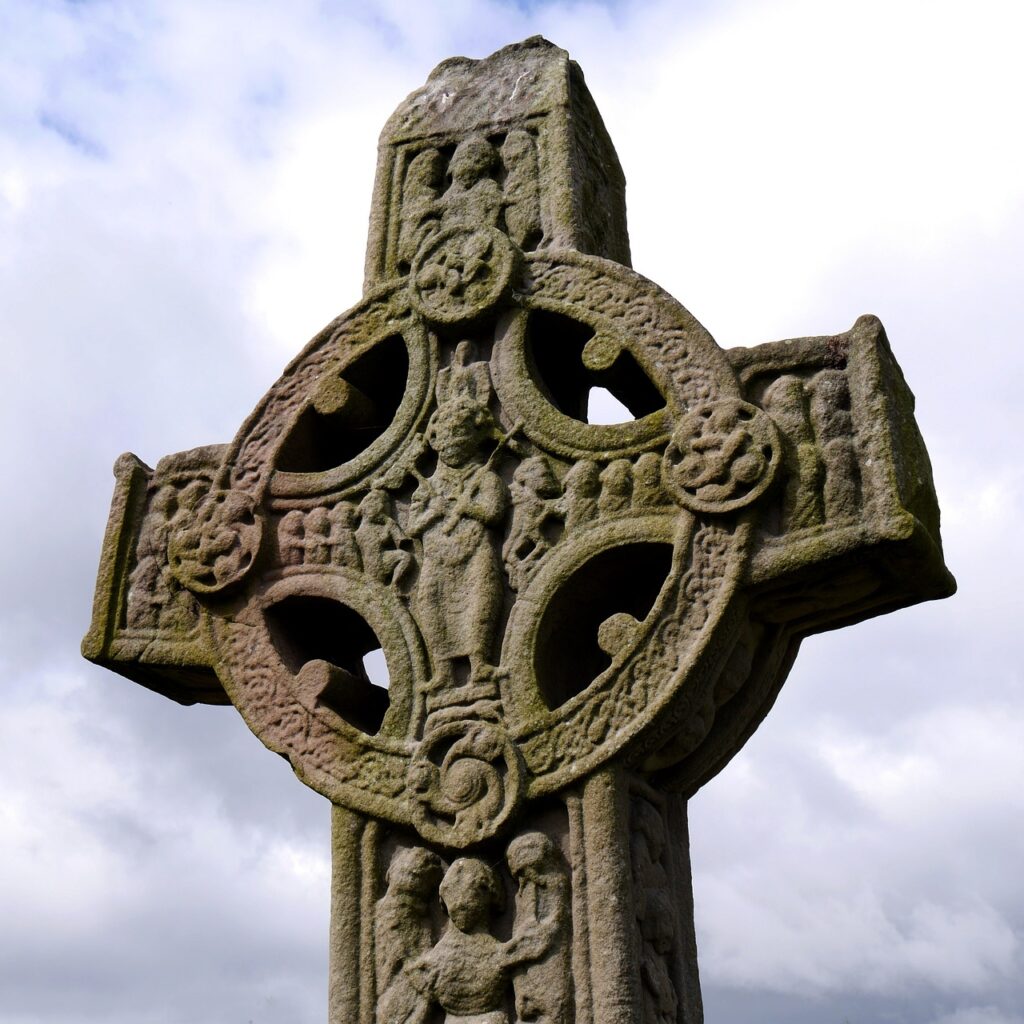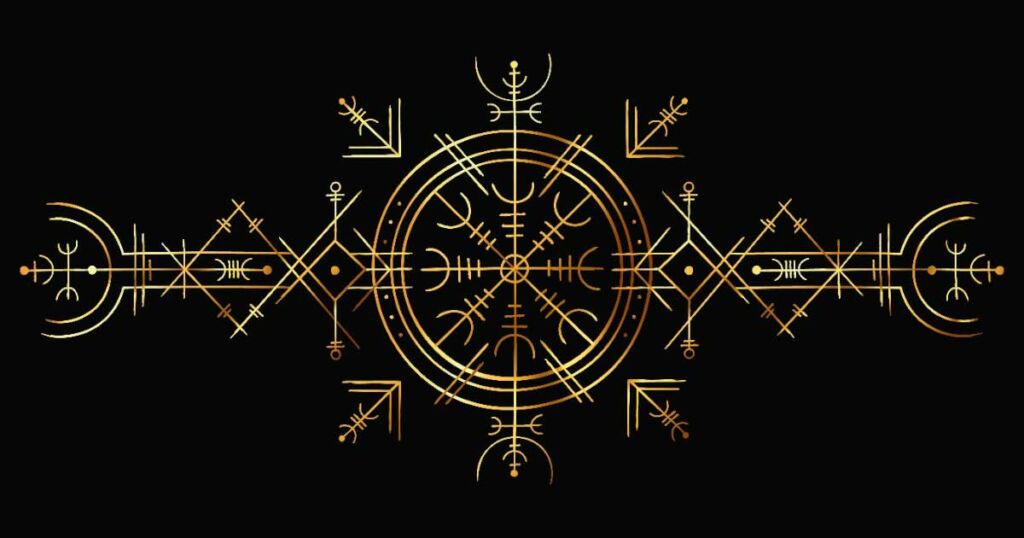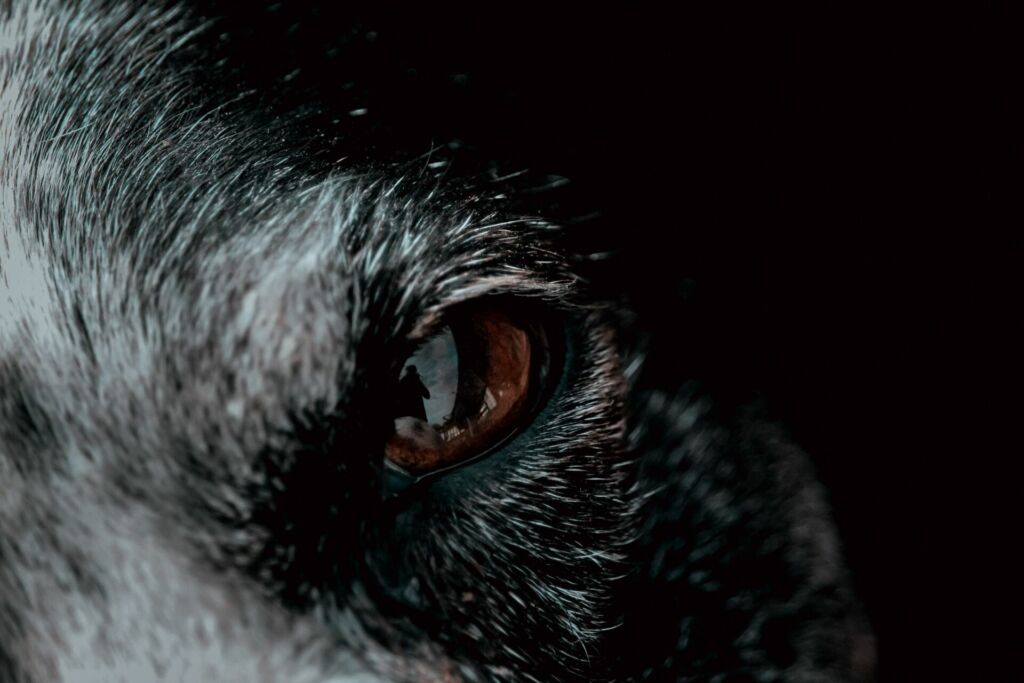Even while Celtic art is commonly associated with depictions of Irish mythology, the Celts really sprung from Central Europe, not Ireland. Celtic sculpture and Celtic painting are just two examples of the broader term “Celtic art history,” which encompasses a wide range of artistic practices that can be traced back to different groups of people who share a common cultural heritage but who lived in different parts of the world at different times. It’s connected to the Celts, who spoke a language that survived until modern times, and to other ancient peoples whose writing systems resembled the Celts’, though the origin of their language is mysterious.
Celtic Art: What Is It, Exactly?

Celtic art history dates back far deeper in time and space than the commonly held belief that it originated in Ireland, and the majority of common conceptions of Celtic art focus on either Irish Celtic art or Gaelic art. What the English-speaking world envisions when they hear “Celtic Art,” however, has its roots in the “Insular Art” of pre-Conquest Britain and Ireland.
Images of Celtic spirals from the 1904 book Celtic art in pagan and Christian periods by Allen, J. Romilly (John Romilly), 1847-1907.
Art historians and critics have argued at length over the Bronze Age’s impact, while archaeologists generally prefer to use the word “Celtic” to describe the cultures that emerged in Europe during the Iron Age (ca. 1000 BC and onwards). As a term, “Celtic Art” is not used by art historians until the La Tène period (c. 500–c. 1).
Celtic art is characterized by intricate symbolism, decorative geometric patterns, and non-linear compositions.
Spirals, key patterns, knotwork, and even zoomorphism have found their way into the aesthetic thanks to the profound impacts of contact with innumerable earlier cultures. Over such a long period of time and in such a wide range of locations, one thing remains constant: the pursuit of equilibrium in the presentation of these patterns. Both positive and negative space are used to great effect in this piece because to the curved shapes used throughout.
From Celtic art in pagan and Christian times (1904) by Allen, J. Romilly (John Romilly), 1847-1907; Allen, J. Romilly (John Romilly), 1847-1907, Public domain through Wikimedia Commons. Slab with spiral decoration outside the entrance to the passage of Tumulus at Newgrange, Co. Meath.
Celtic Art and Architecture: A Brief History and Influences
Celtic art and culture may be broken down into distinct time periods. Celtic art history may be divided into three distinct periods: the ancient Hallstatt period, the medieval La Tène period, and the contemporary Celtic Revival.
Hallstatt Culture
Celtic art may be traced back to the Hallstatt civilisation, which flourished in Austria between around 800 and 475 BCE. The culture may have begun in Austria, but it has since expanded over most of central Europe, including countries such as Slovakia, western Hungary, Croatia, Slovenia, the Czech Republic, southern Germany, Switzerland, northern Italy, and eastern France. The Hallstatt civilization is well-known for its high-quality bronze decorations, weapons, and iron implements.
Spirals, geometric patterns, and animal themes were popular for decorating weapons during the period. Birds, knots, and fretwork were particularly well-liked.
Hallstatt cultural metalwork shown in a graphic by Bibliographisches Institut (public domain) on Wikimedia Commons.
The Celts’ distinctive culture and aesthetic emerged during this time, drawing inspiration from the preceding Caucasian Bronze Age and the influences of Black Sea and Mediterranean basin traders who brought new ideas and materials from the Etruscan and Mediterranean worlds to the Celtic homeland. They traveled to the Upper Danube and adopted historic Danubian design elements before settling there.
La Tène Culture

According to scholars, Celtic art may be traced back to the La Tène era (about the 5th to 1st century BC). Its whirling, curving patterns are immediately distinctive. The Swiss archaeologists and geologists who discovered the artwork in 1857 and worked to dig it until 1885 gave the movement its name, taking it from the location near the hamlet of La Tène.
Over the course of excavation, over 2500 artefacts were uncovered, the vast majority of which were metal and the vast majority of which were military weaponry, indicative of the tense nature of the time period.
Items from the La Tène civilisation, including as bronze chariots, swords, pots, fibulas, arm rings, etc., were used in ritual sacrifices. >> Public Archive
It’s fortunate for historians that burial practices replaced cremation practices at about this time. The increased number of graves means that there are more personal and domestic items buried with the deceased for future archaeologists to unearth. Without these priceless relics from the ancient Celtic civilisation, our understanding of that culture would be severely limited.
Artists who worked in gold, particularly for uses in decoration such as jewelry, also gained prominence during this time period. Iron, bronze, gold, and other metals were used to make the vast majority of the items that have survived to the present day. The scrollwork seen on items like swords, statues, and bowls typically featured ivy and plant designs.
The La Tène movement may be broken down into four separate stages—the Early style, the Waldalgesheim style, the Plastic style, and the Sword style—according to Paul Jacobsthal in his book Early Celtic Work, which describes this time period as the “mature” Celtic period.
The Early Style (c. 480-350 BCE)
Gold collars and other extravagant jewelry from the German burial sites of Rodenbach and Reinheim serve as archeological inspiration for this style. Subsequent excavations have revealed a number of bronze vessels from Kleinaspergle and Basse-Yutz, several of which are adorned in the characteristic La Tène-style curvilinear designs. Lotus blossoms, acanthus leaves, and palmettos all made appearances among these themes.
Boss from an Iron Age shield made in the La Tène style; Johnbod, CC BY-SA 3.0, via Wikimedia Commons; The Wandsworth Shield, British Museum
The Waldalgesheim Style (c. 350-290 BCE)
The Waldalgesheim burial site in Bonn, Germany, yielded artifacts including chariot parts and elaborate jewelry, which inspired this particular style. Its distinctive blend of Celtic and Classical influences reflects a growing assurance in the Celtic canon.
The Plastic Style (290-190 BCE)
There was a rise in the inclusion of both human and animal subjects in artworks of this kind. It was also far more complex, intricate, and ornamental than before. Ornamental design during the Plastic Style period demonstrates a greater concern for and knowledge of three-dimensional effects.
The Sword Style (190 BCE onwards)
Linear abstraction, characterized by patterns inspired by Hellenic floral themes, characterizes this last style, marking a departure from the realistic, colorful figuration of the preceding Plastic era.
Throughout this time frame, archeologists have found engraved, decorative weapons in the East.
Artifacts from the Celtic Habituation of the Mediterranean regions are said to display higher maturity of expression than their Central European counterparts because of their increased exposure to the Graeco-Roman world.
La Tène III period (120 B.C.–43 A.D.) Celtic swords, British Museum, London; Völkerwanderer, CC0, through Wikimedia Commons



